Whether you’re going on a short one-mile hike or an intense 14-mile day hike, planning which hiking food to bring for your trip can be the difference between an amazing day where you reach the summit full of energy or having a miserable day where you have to turn around due what you ate.
What kind of food do I need?
There are a variety of factors you should consider before just grabbing any food off the shelves. If you consider these things, you’ll be much happier while going up the 47th switchback as the burning sun beats down your forehead.
Caloric Density
If you only care about one factor, this is it. The amount of calories provided to you to help your body produce energy on your hike is the most important thing.
This is the deciding factor of you feeling great on the last mile or sluggish. The more caloric density there is, the more energy you get and the less weight you’ll carry.
Examples of calorie-dense foods are nuts, peanut butter, chocolate, or even olive oil. These foods are high in fat and will keep your energy up on the trails.
Texture
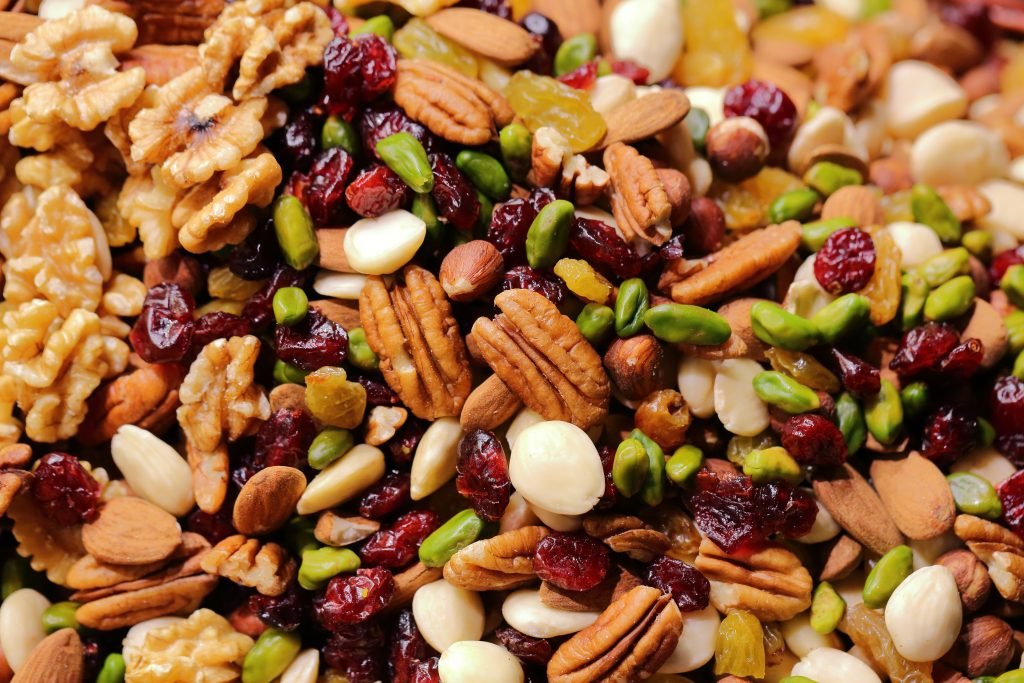
This is one thing I used to neglect and paid for it and not a lot of blogs talk about. Ever try to eat the same food for more than a week? At the tail end of the week, you’ll be
begging for anything else to eat. Imagine being out on the trails for a few days and having to eat the same trail bar over and over.
Don’t do that to yourself out on the trails! You have a choice. Get a variety of food that is soft, crunchy, hard, liquidy, or smooth. Examples would range from bananas, apples, trail mix, chocolate, peanut butter squeezes, etc.
You’ll thank us later.
Healthy & Nutritious
Following the theme of having a variety of foods, you need a variety of nutrition so you can stay full of energy as you tackle your hike.
Your food should have a balance of carbs, proteins, fats, and fiber. The flipside of that is eating processed food which provides quick bursts of energy but will cause you to crash in the long run. Your future self will be mad for not having a nutritious balance and grabbing that candy bar.
Convenience
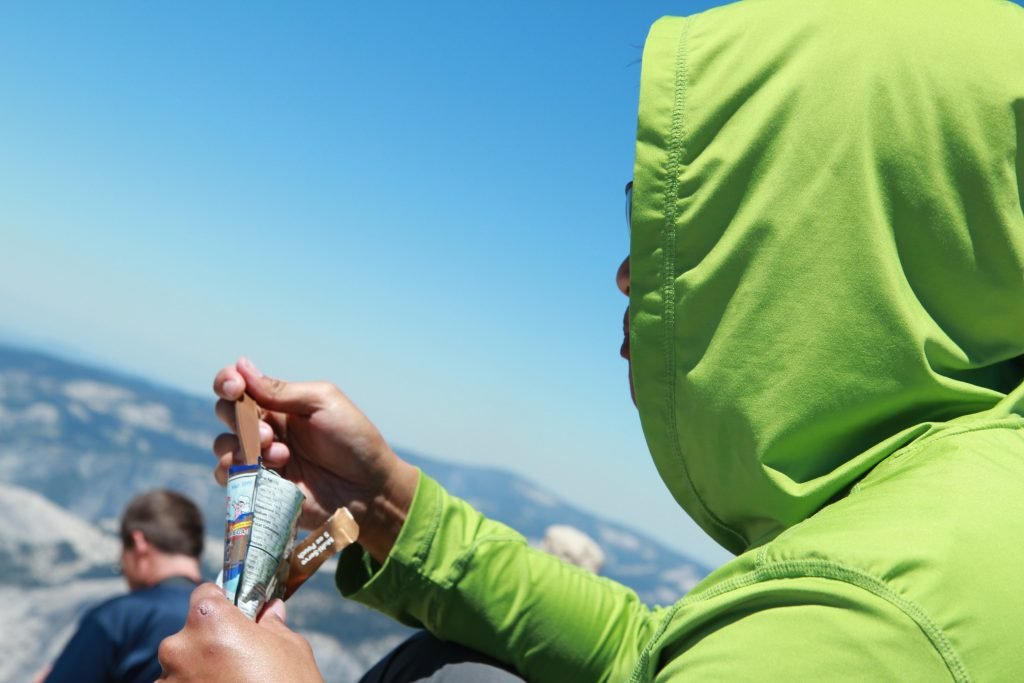
Before grabbing that snack off the shelf, you should ask yourself, how easy is this for me to eat? You want to consider if it takes time to prep and cook or you just have to peel off the wrapper and you’re good to go. What are you more likely to eat, trail mix you can quickly pour out or an unpeeled orange or a bag of shelled pistachios? When you’re out on the trail and still in the middle of your hikes and you’re tired, you want to eat things that require minimal effort and time.
Here at Hiker Crate we have been exploring the outdoors for more than 10 years and have tried more snacks than you can name. We know it can be overwhelming to choose snacks that will taste good, boost your energy, and help you on your hike. That’s why we created a monthly subscription box for hikers. We try and test these products, work with the brands and then pick the best ones for you and your hikes.
Want to try Hiker Crate for Free and get enery boosting snacks for your hikes?
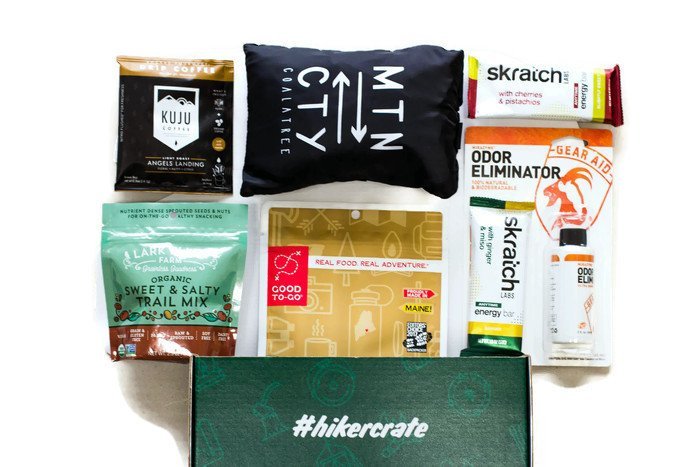
For a limited time only, get your Hiker Crate for free here!
Weight
The items you bring will weigh you down, literally, so be conscious of how much weight they take up. If you’re taking food from your kitchen, then slim them down. Find smaller containers or ziplock bags to transport your snacks in.
I had a friend bring an entire Costco size peanut butter jar once…
Space & Volume
Another important factor is how much space the food takes up. For your day hikes you also need your ten essentials and your rain gear, so think carefully before you grab that giant bag of chips to stuff in your daypack.
Bonus: How do I know what to bring?
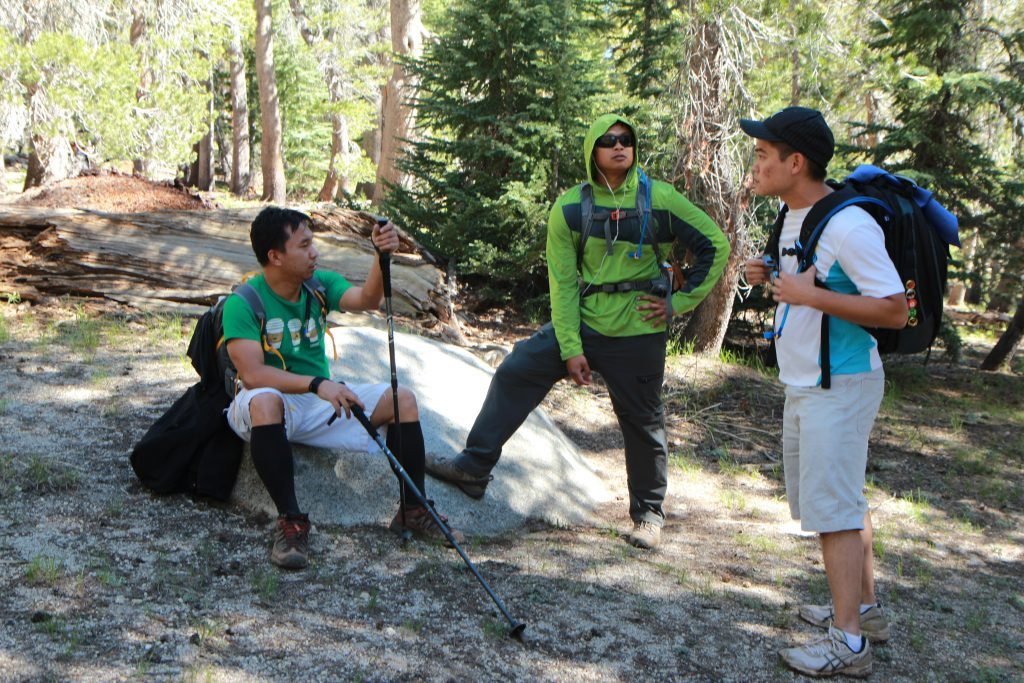
For day hikes, your hiking itinerary will determine what you should bring and how much. Based on your hiking plans you’ll be able to decide what you need for your hiking trip.
Distance & Duration
The difficulty of your hike will be the largest factor in how much you should bring. Hiking is a physical activity that burns a lot of calories. The further you’re hiking, the more calories you will burn and the more calories you’ll need to replenish. Most people plan to bring enough calories for a normal work or school day, however, this is a major flaw because you don’t hike up trails and push your body this much on a daily basis (unless you work in the outdoors/fitness industry!). The longer your hike, the more you need to bring.
Elevation
The next most important factor is the amount of elevation gain in your hike. This will determine the intensity and difficulty. Hiking a 10-mile hike that’s flat and hiking a 7-mile hike that has 3,000 foot in elevation gain are two completely different hikes. The one with more elevation gain will require more effort and energy. The more elevation gain you have, the more hiking food you should bring.
Water Source
Water isn’t a food but it is a necessity to keep you hydrated. if your hike has a water source during your route and you have a water filter, you can plan to strategize and carry less water since you can refill at these water sources. Be sure to scout out on the trail maps beforehand and call the local rangers to confirm if that water source is still viable. Seasonal changes and weather will affect the availability of those water sources.
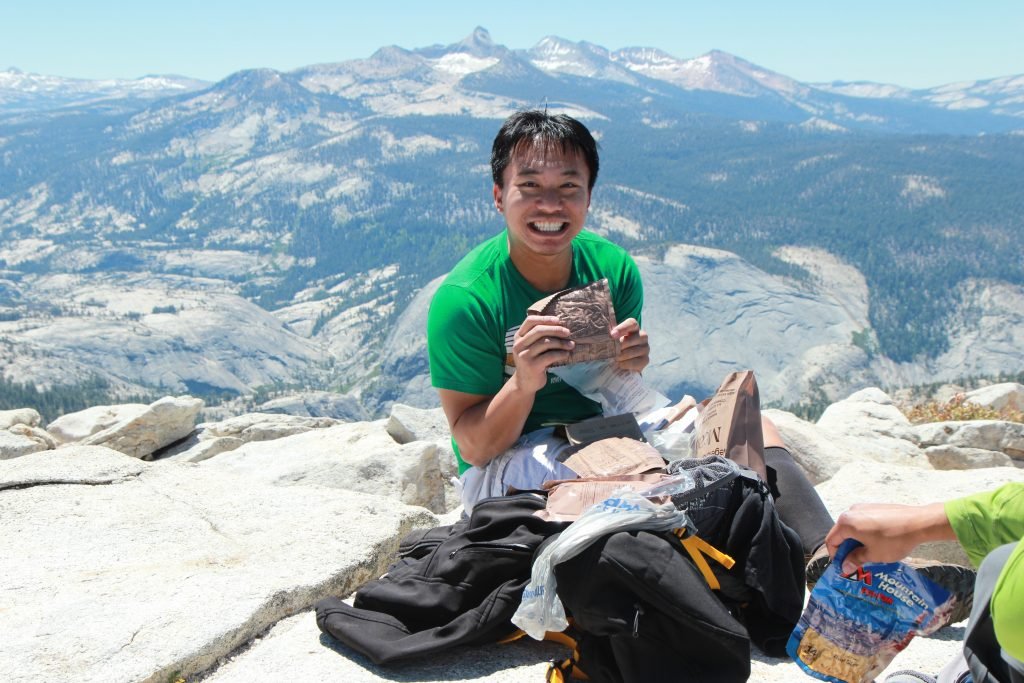
If you follow these considerations before you grab a snack off the shelves, you’ll feel more energized, have a variety of snacks based on nutrition and texture, and reach the peak of your hike full and full of energy!
Want to try Hiker Crate for Free and healthy snacks for your hikes?
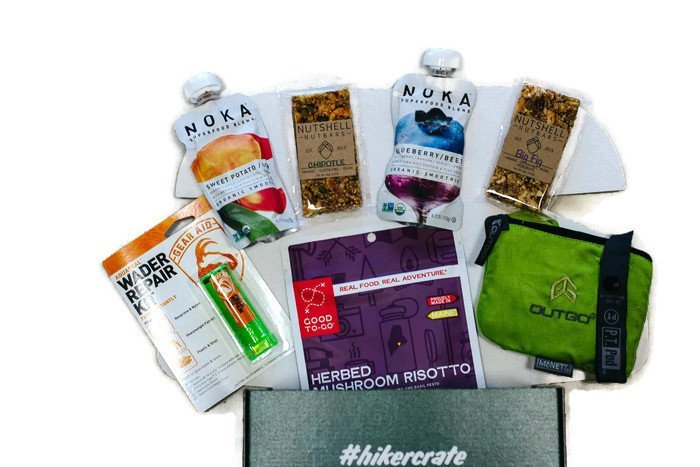
For a limited time only, get your Hiker Crate for free here!
If you want a more in depth guide on planning what food to bring for your Day Hike, check out our other post The Ultimate Guide to Hiking Food for Your Day Hikes
Or If you want a more in depth guide on planning what food to bring for your Backpacking trips, check out our other post The Ultimate Guide to Hiking Food for Your Backpacking Trip
